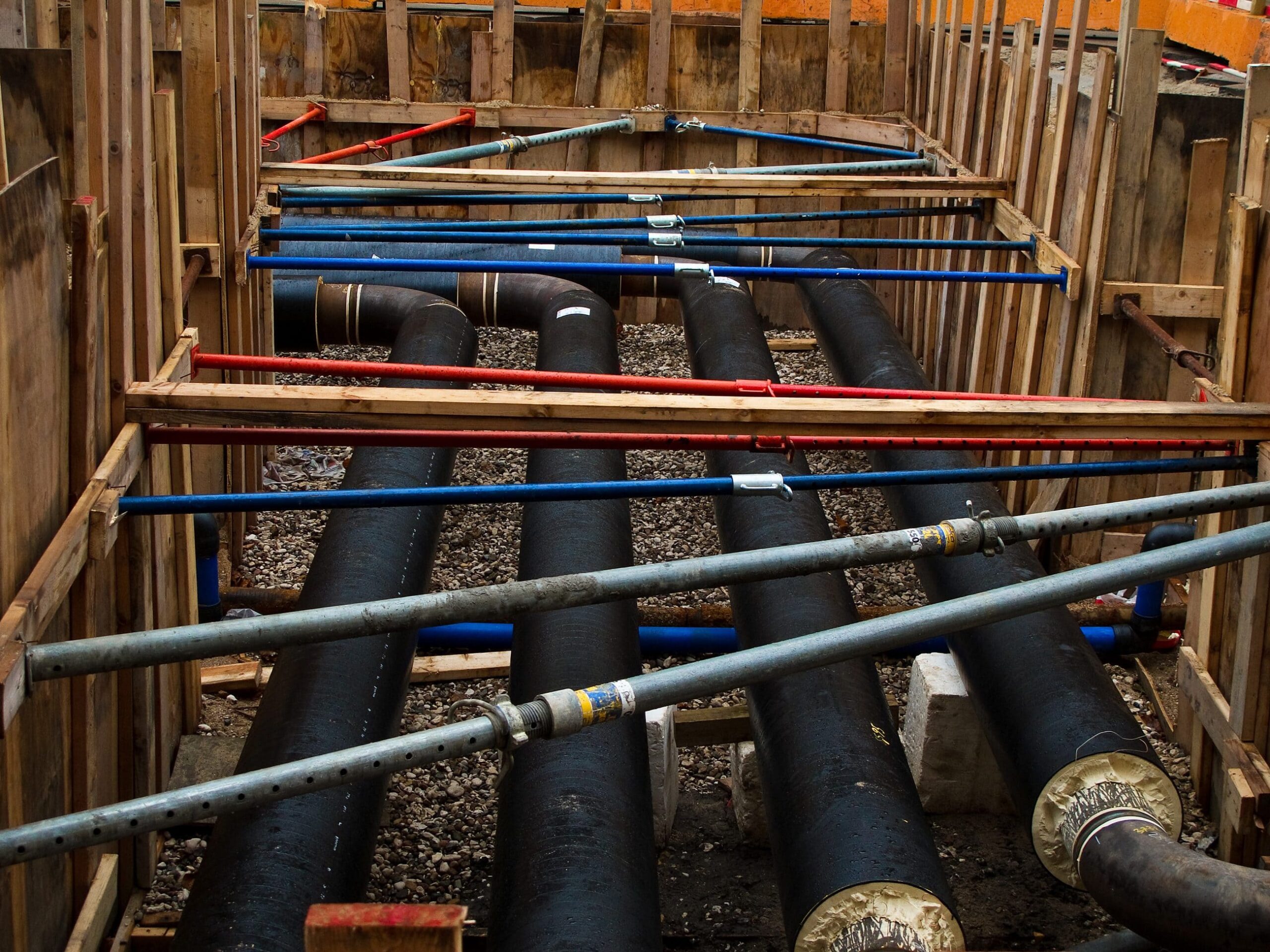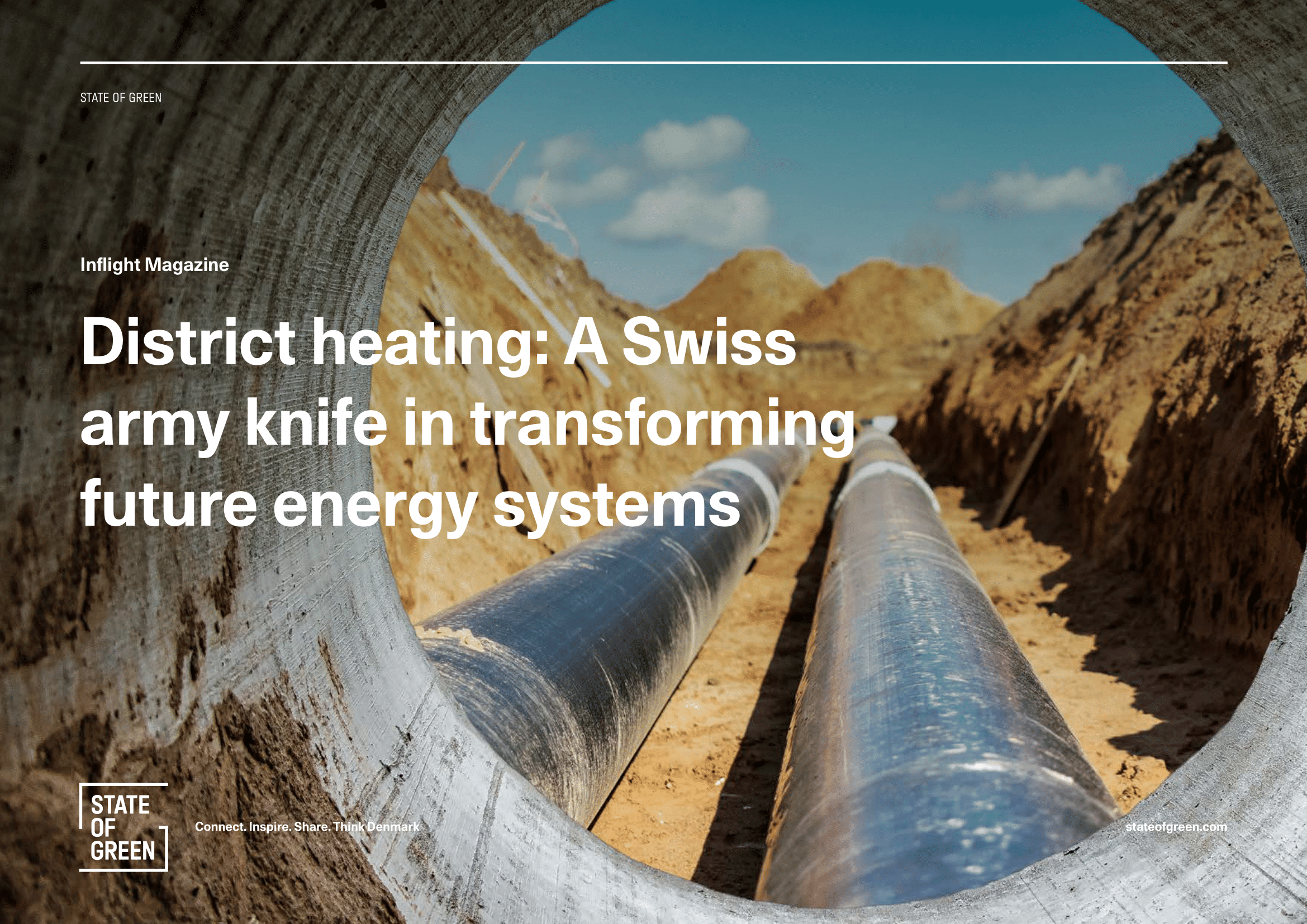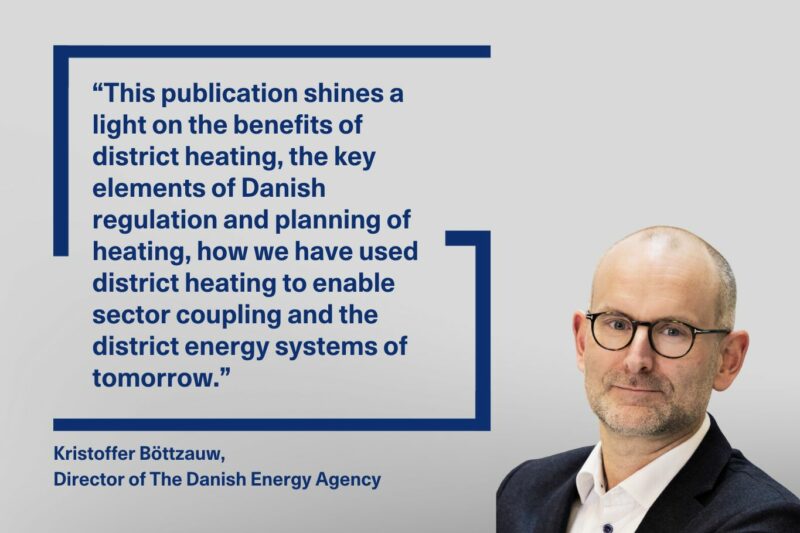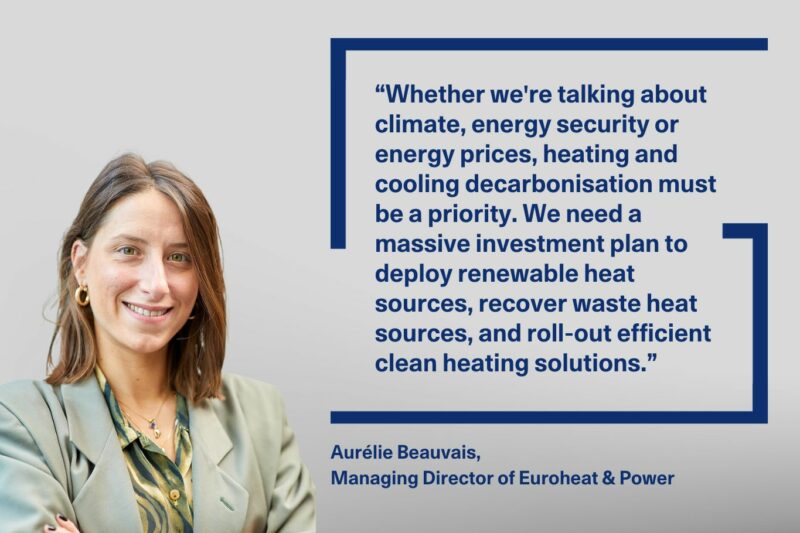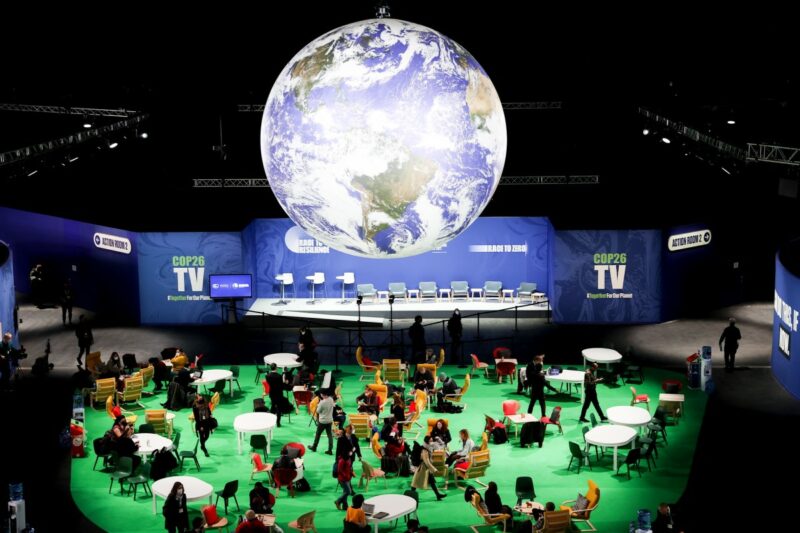Electrifying heating systems is a cornerstone in the green transition, enabling the reduction of carbon emissions, improving energy efficiency, and enhancing the security of supply by reducing dependence on volatile fossil fuel markets. It also allows for greater integration of renewable energy, contributing to a more sustainable and resilient energy system.
Across all of Denmark, more district energy companies are electrifying their systems. According to a new report from the Danish District Heating Association, the number of MW boilers and heat pumps in district heating systems has tripled in the last five years. In total, Danish district heating companies have invested 2,218 MW in electrified heat production, equivalent to the annual energy use of approximately 190,000 households. Recently, Copenhagen installed its first out of ten planned heat pumps, to insure green district heating to the capital.
In 2023 alone, more than 615 MW of electrified district heating solutions were installed, marking a record year for such installations. This investment signals a decisive shift towards a greener heating future, driven by both environmental goals and economic incentives.
“Danish district heating companies are investing in electrical solutions across the country. This makes sense as it allows the use of electricity when it is cheap, especially when produced by sun and wind power. The heat is stored in tanks or distributed through kilometres of district heating pipes underground, stabilising the fluctuating production from renewable energy sources. This benefits both the electricity network and district heating customers.” Chief consultant, Michael Schrøder, from the Danish District Heating Association.
Also read: Green district heating to warm Copenhagen appartments
Prioritising security of supply
For Denmark’s more than 350 district heating companies, ensuring the security of supply remains the most essential task. To safeguard against disruptions, these companies are increasingly investing in diverse renewable energy solutions that complement each other. By doing so, they can guarantee a steady energy supply to customers, regardless of fluctuations in the electricity market.
The diversification strategy not only improves reliability but also future-proofs these companies against market volatility, ensuring their ability to continue providing affordable and sustainable heat.
From fossil fuels to green district heating
The electrification of district heating is part of a broader transformation towards a fully green district heating system. Michael Schrøder explains:
“In the past, district heating companies could shift from the most damaging fossil fuels to biogas or sustainable biomass. Today, we are moving beyond that, with a massive investment in electrical solutions. Now, the challenge is to ensure that we produce enough green electricity to meet the increasing demand for district heating and overall energy needs.”
